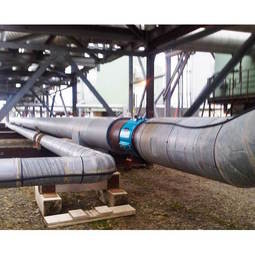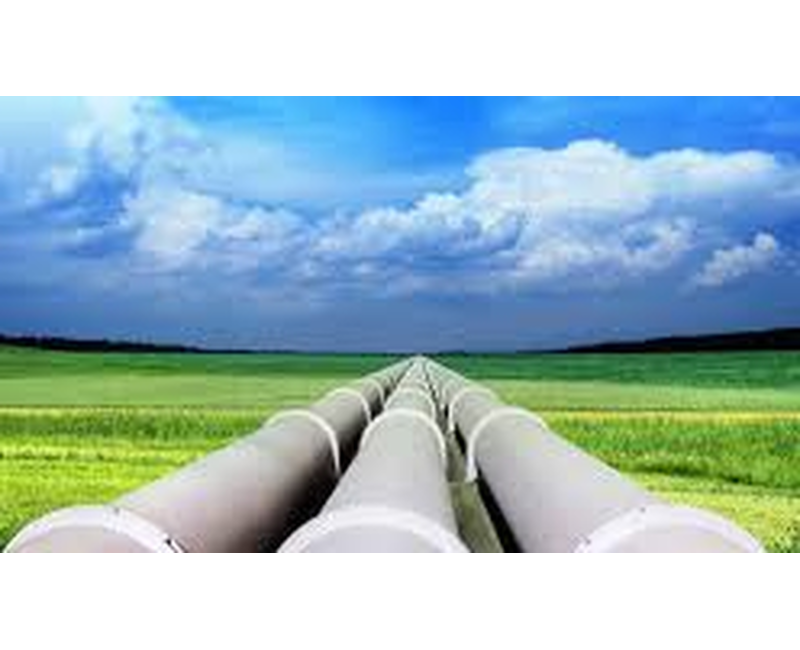
Published on 07/29/2016 | Operations
This article originally appeared in Industrial IoT/Industrie 4.0 Viewpoints .
California’s public utility commission (PUC) recently took another step in its push to modernize the grid. This time the PUC updated state policy related to distribution grid interconnection of distributed energy resources (DER). Interconnection is the process by which utilities connect DER hardware and software to the outside electrical power system.
The revised policy requires utilities to publish distributed generation cost guides for electric generation developers. It caps developer cost at 125 percent of a utility’s estimate for interconnection projects. The expected main benefit is to improve cost certainty for utilities, developers, and consumers integrating DER. The ruling applies to projects that don’t fall within net metering.
It’s not just regulators jumping in. Other recent examples include National Grid being the first U.S. utility to offer online comparison shopping tools for solar PV. Third party providers are also innovating at the grid edge. In the State of New York, a hub of distribution grid change, its’ no surprise to find a consumer energy market project in Brooklyn using the blockchain technology of Bitcoin protocol. Collectively, these actions are driving toward a framework of operational, economic model, and customer processes taking shape at grid edge.
Utilities shouldn’t overlook a significant implication at the heart of the policy and other market activities. Regardless of how direct a role they will have with different types of energy consumers, centralized utilities are being asked to develop and apply asset management plans and processes for assets they don’t own. This is likely to become more of an industry norm. As that occurs, utilities will in need to establish more pre-defined, service-based processes for dealing with customer-owned assets at the grid edge.

What do utilities need to consider in the new world of service-based asset management? Where is a manageable starting point? The answer to these questions is to begin innovating with asset management for interconnection.
An asset management system is capable of automating and managing many elements of work. In doing so, it helps organizations optimize work processes and workforce productivity. The same capabilities can be applied to support DER interconnection processes and work. The resulting process automation, standardization, and speed and accuracy of work can deliver a wide range of reliability, efficiency, cost-reduction, and customers satisfaction benefits.
In the next few weeks, I’ll be digging more into the subject of grid edge asset management for our clients via an ARC Insights Report. If you are an ARC client, check the ARC Client Portal to access the report when it is published.